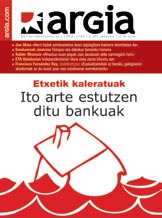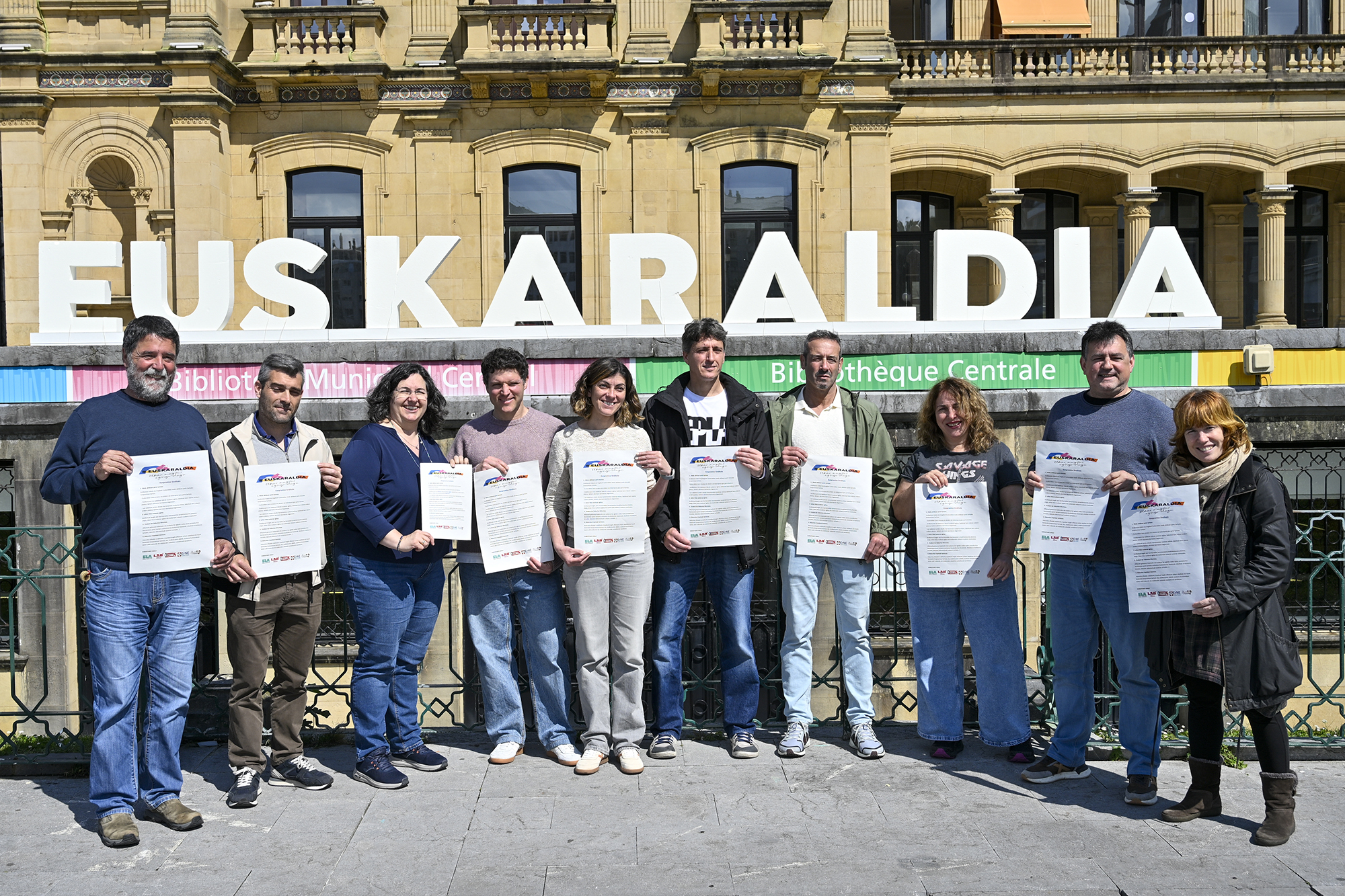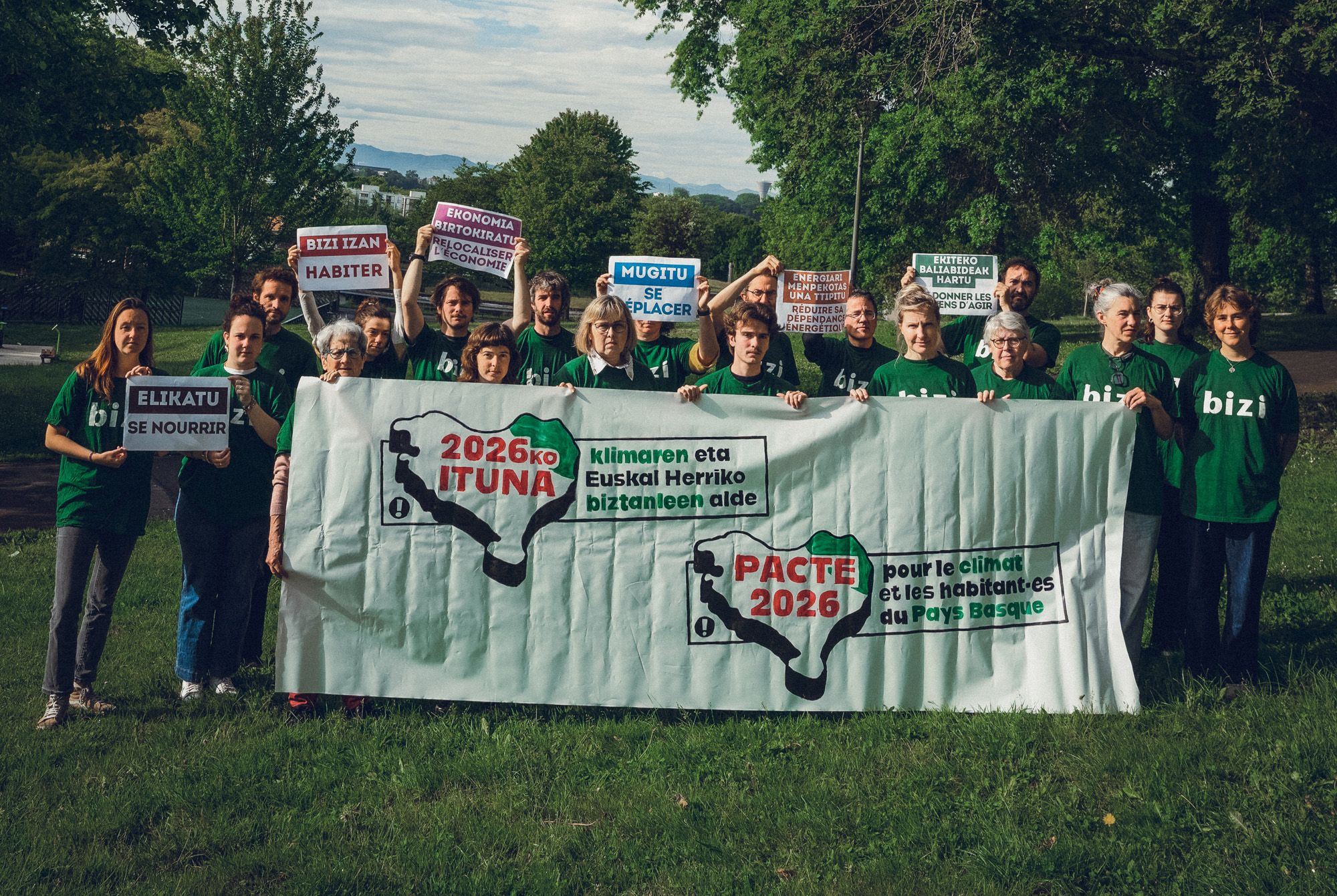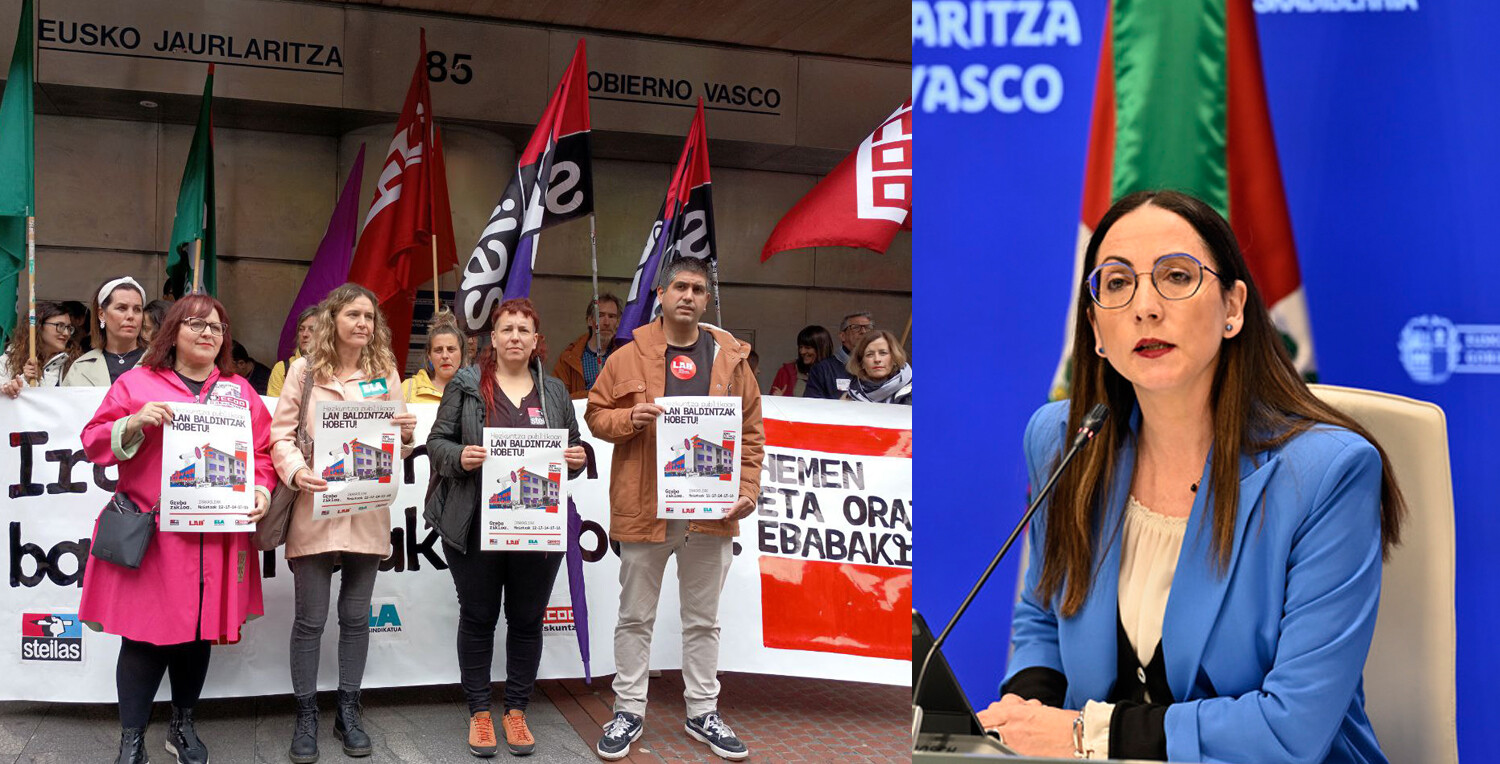Gardasil - Cervarix: Girls are owed the discussion
- Although it’s called ‘uterine cancer vaccine’, it’s another thing: this type of cancer, and not always, is contrary to some of the emanations of the virus it can cause. Marketed massively with the brands Gardasil and Cervarix, as news of adjacent damages multiply, there is a need to discuss the adequacy between the benefits and the cost of the vaccine.
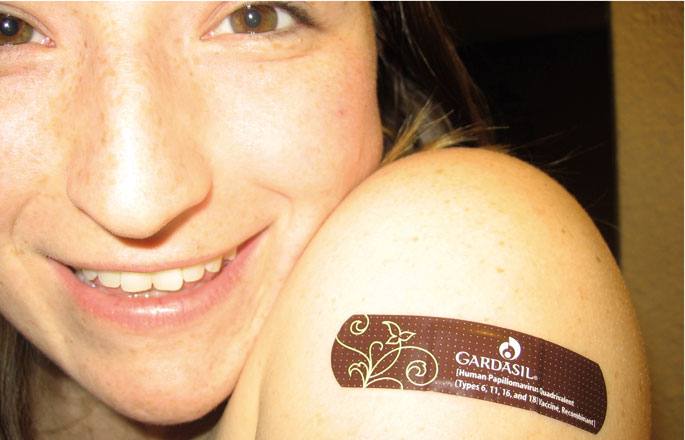
That the mass vaccination of our daughters is acceptable? This is the question raised by two articles published by journalist Ainara Arratibel in the Berria newspaper. Arratibel referred to the vaccine for cervical cancer. In the first, “The disease of the daughter is related to the vaccine”, has reported the case of the 12-year-old daughter Ixone Suárez, from Oiartzun (Gipuzkoa), who since his vaccination has suffered dizziness, headache, respiratory problems, chest anxiety and high fever.
In the second, entitled “Vaccine that is still in conflict” and “Doctors have not shown us that it was not for the vaccine”, with two pages of the newspaper, he identified the suspects, the Cervarix and Gardasil vaccines, and he collected the experiences of two others affected, the Navarro Karmentxu Oraa and the Vizcain Nagore Campos. Together with them, the qualified opinions of two doctors: Mikel Gorostidi, a gynecologist at Donostia Hospital, is in favour of these vaccines, and on the contrary, Koldo Martínez, a well-known Iruinseme doctor, is in charge of implementing them.
In Euskal Herria, there has been no debate about this curious vaccine, which has long been controversial in Europe and the United States. A popular initiative was launched in Belgium last August against the intention of the Belgian authorities to offer this vaccine free of charge to all schoolgirls. Among other arguments, the Initiative Citoyenne document states that in the United States Gardasil and Cervarix are attributed 22,194 collateral damage and 97 deaths.
Nothing like you're sick is to realize that cheap scares do nothing but damage. But it is also true that pharmaceutical multinationals hide information about drugs that are consumed on a mass basis, paid out of public money. Without going any further, the multinational Merck, which sells Gardasil, has long sold the famous anti-inflammatory Vioxx, until it was banned, but many experts before the ban were already raising the alarm for its serious damage.
If you ask about the human papillomavirus (HPV) vaccine on Wikipedia, you'll only find official information and in other posts the very illustrative control section (discussion) will lead to a general debate against the simple ones. In French Wikipedia, too, this is not the case; in the Hexagon, the official body of doctors rigorously monitors orthodoxy. Fortunately, you’ll get more information on Wikipedia in Spanish. Surely in 2007, just before this vaccine began to spread in Spain, as professor Carlos Álvarez Dardet published in the journal El País this illustrative article with half a dozen personalities: Reasons for not deciding in a hurry.
One cancer, EUR 8 million
Álvarez Dardet wrote in 2007 on the costs of the massive enlargement of Gardasil and Cervalix: “To start preventing the first cancers of the cervix of Utero, in at least 30 years’ time, the Spanish health system will have 4 billion euros spent. Therefore, avoiding one of these cancers is going to give the system EUR 8 million, without saving a euro in the pap smears and treatments currently used for early detection, as vaccinees are also recommended to continue performing these tests.”
However, regardless of the cost overrun – and if there is an excess of EUR 8 million – Álvarez Dardet and the colegs presented an even harder argument: there is no scientific evidence of its effectiveness. This article summarized the main arguments against which four years later they continue to debate. Vaccines are not effective against all the attacks of the viruses they want to fight. The multinationals conducted clinical tests too short. The time between vaccination and the onset of possible cancers is so long that it is not yet clear whether more vaccines will be needed. Etc.
However, the cancer vaccine has followed its path. It is said, it is said, it is not. The vaccine is against the virus. Because the virus is one of the agents that cause this cancer, the means of spreading it is through sex, the vaccine is given to girls so that these possible viruses do not cause cancer many years later. A rather naughty justification, the truth.
In addition, although clinical testing has been performed with young women who have passed adolescence, the age of vaccination has been reduced to 12 years and nine years in some places. And now, apparently, the possibility of extending it to children is also being considered. If the critics of five years ago were alarmist? Had the debate and the moratorium that were requested at the time left over?
As the first complaints in Euskal Herria have been heard, in Europe they have not been silent during these years. Movements have taken place in Belgium in August 2011. On the Initiative Citoyenne website you can read and hear your requests in French. But the issue has been dealt with much earlier by the French center Pharmacritique and by the German magazine Arznei-Telegram.
Pharmacritique announced in 2009 that in September 2009 a girl had died in England from the vaccine. The news from the Times stated that 4,657 collateral damage, mainly allergic reactions, dizziness and nausea, was officially reported in Great Britain after taking Cervarix. The vaccine was also suspected in a case of Guillain Barré syndrome, which occurred in 2007.
Cervarix vaccine is suspected of the death of another Austrian woman. One more in Germany. In Scotland, the newspaper The Scotsman explained that more than 150 girls suffered fainting, three of them severe, highlighting the case of a child under the age of 13, whose mother had to leave her job to care for her daughter, who caused fatigue from not being able to get out of bed.
A year earlier, in 2008, Arznei-Telegram found that the producers of Gardasil and Cervarix concealed relevant information and that the collateral damage was much higher and reddened, headaches, myalgia, arthralgia, intestinal discomfort, fever... among which there were some more severe and chronic damages. In the end, the main question is: Does the actual effectiveness of the vaccine justify taking these risks?
Aste Santuan Berriozarren egindako topaketetatik egun gutxira bildu gara Gasteizko Sorturen bulegoan. Hango kontuez jardun dugu apur bat, baina batez ere gaur egun euskal gizartean dantzan diren gaiez aritu gara, Ernaik horien gainean duen iritzian sakontzeko asmotan. Amaiur... [+]
In the local library, I participate in an open space around technology. The other day there were two women who wanted to learn how to use the Arduino plate to create a robotics project for children, one a programmer, the other a cheerleader like me. The three of us set off. I... [+]
Talentu faltaren mamua da azkenaldian ekonomiaren ikuspegi kapitalista hegemonikotik ezarri nahi diguten eta denek ontzat eman behar dugun ideia nagusietako bat. Arazo artifiziala da, eta ikuspegi oso elitistatik, gure egunerokoan ez dagoen denon arazo bihurtu nahi... [+]
They hadn't seen each other for years. They didn't meet each other on the street. Looking at the situation from the outside, they seemed to be just two acquaintances. Behind them, far behind, are those intense years of early youth, where they were friends of the same gang. Where... [+]
Energia politikek haserreak eta desadostasun sakonak sortu dituzte ekologisten artean. Ez da gauza berririk. Hemen eta atzerrian. Hemen eta orain, nabarmen. Duela bi urte, 2023ko udaberrian, gure ikerketa taldeak (ekopol.eus) hiru mahai-inguru antolatu zituen Donostian,... [+]
At the moment, and up to the head, a huge exhibition on Artificial Intelligence is on display at the Galerie nationale du Jeu de Paume in Paris, with the title: The world according to Artificial Intelligence. This exhibition presents a series of contemporary works of art, among... [+]
On the night of April 28, the terraces of Barcelona’s Badal Rambla were crowded; unrefrigerated beers were served, but people seemed happy. “If the end of the world has to come, let it catch us with joy,” a neighbor told me. For more than ten hours the electricity had... [+]
The Indus Valley, about 5,000 years ago. The city of Mohenjo-Daro had about 35,000 inhabitants and, according to recent PNAS publication, had a very low Gini coefficient of 0.22 – a coefficient that measures the economic inequality of societies through the degree of... [+]
Iberiar penintsulan apirilaren 28an gertatutako itzalaldiak, egungo energia sistemak dituen arrakala guztiak utzi zituen bistan. Enpresa elektriko handien diru gosea, berriztagarrien ezarpen masiboak dakartzan ajeak, eta herritarrok bizimodu hiper-elektrifikatuarekiko dugun... [+]









